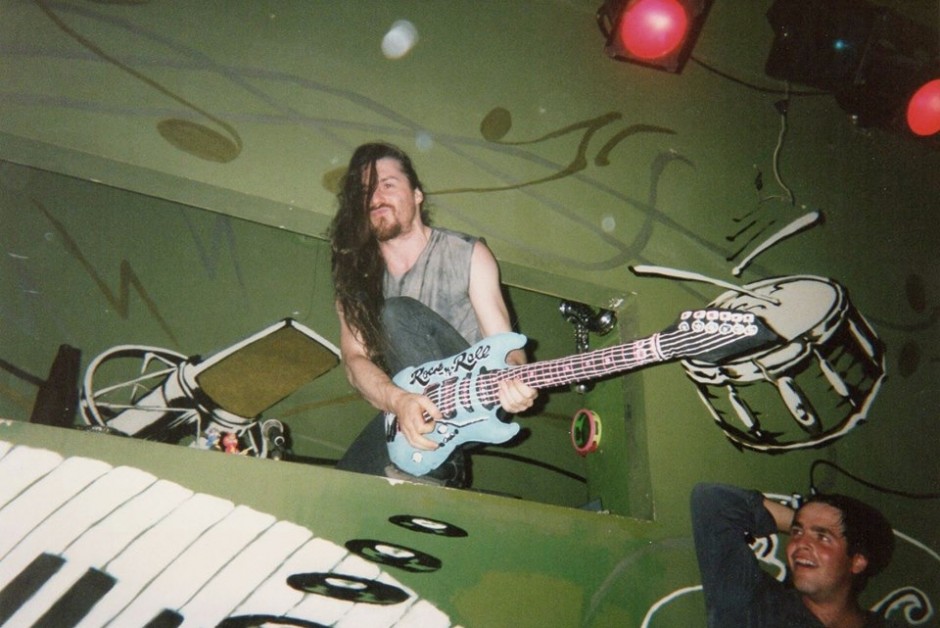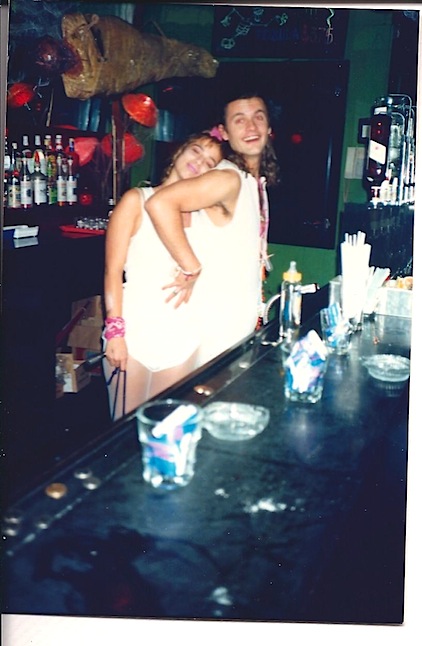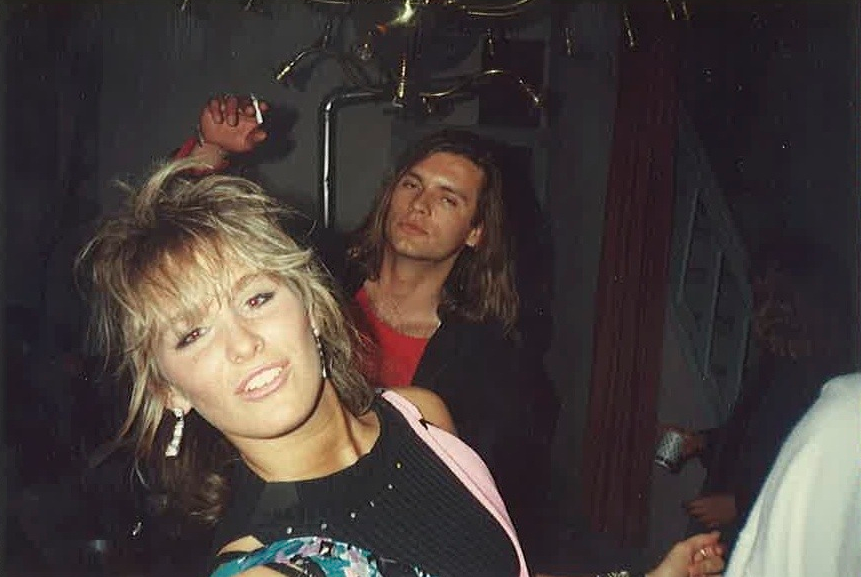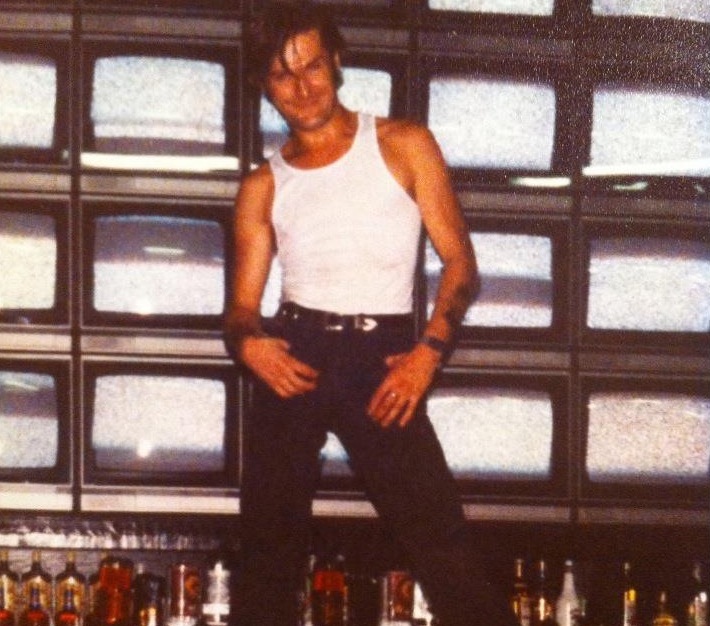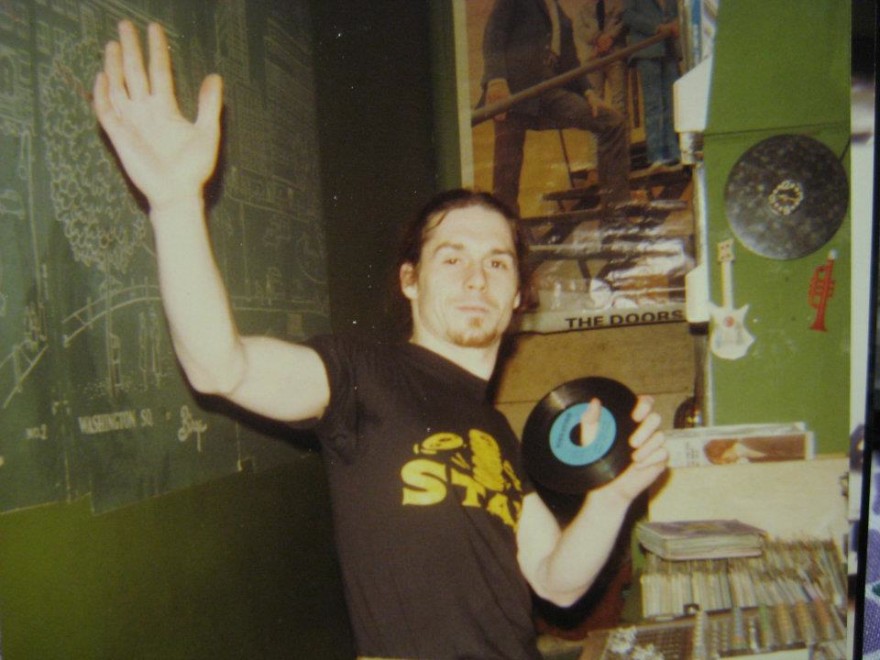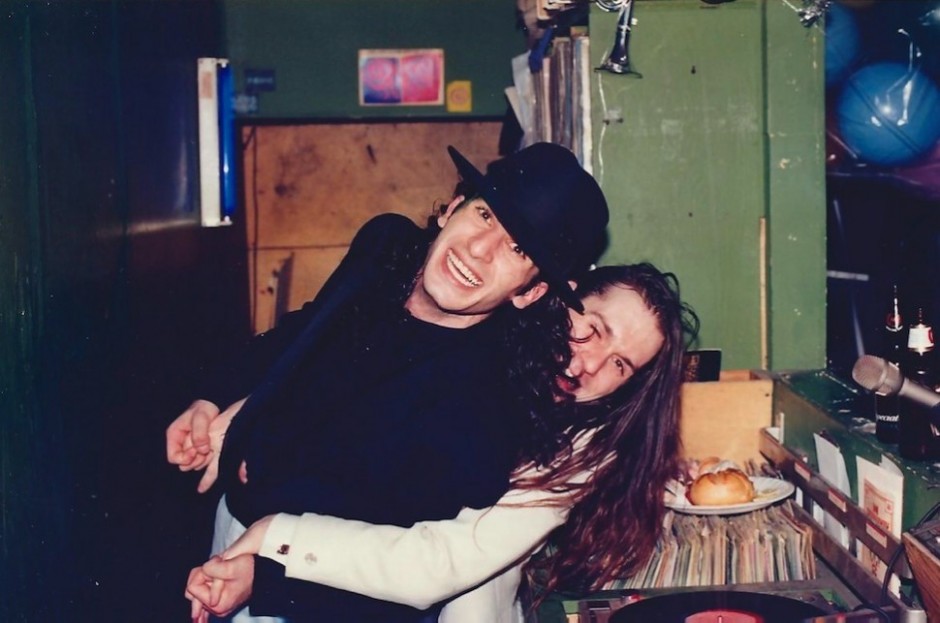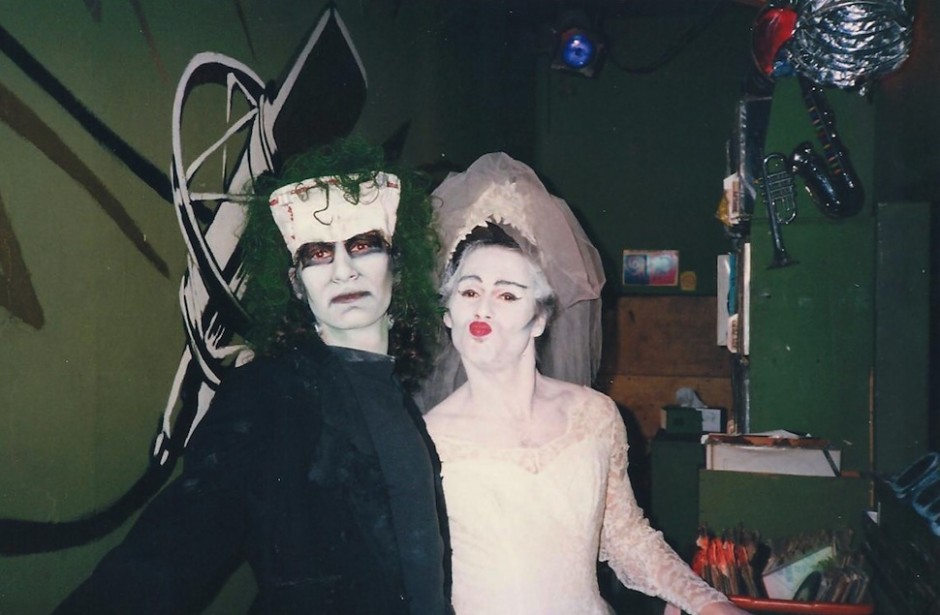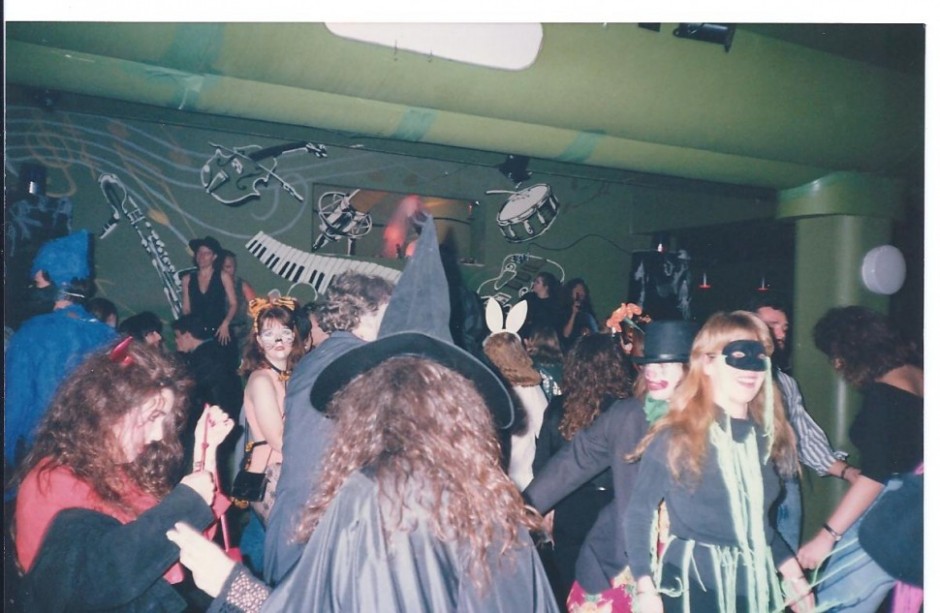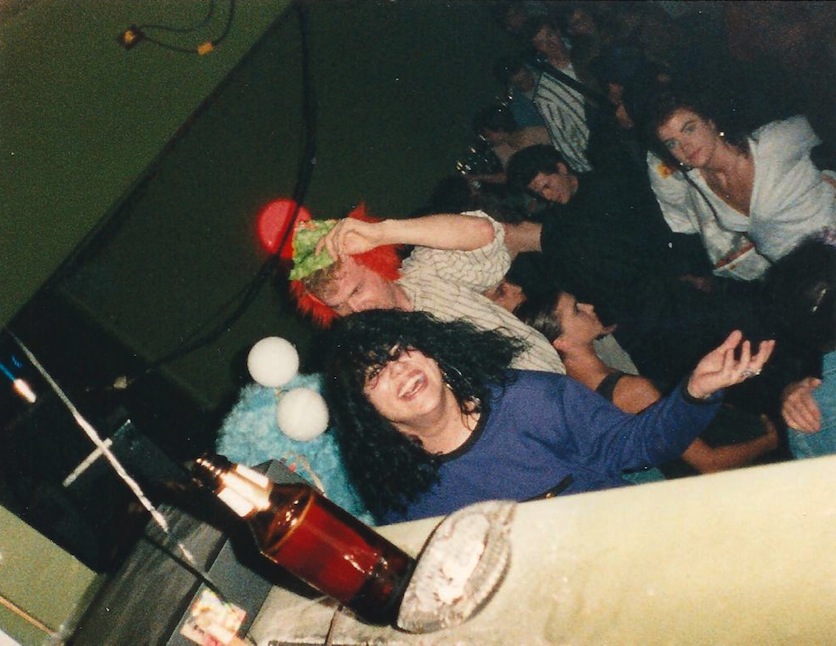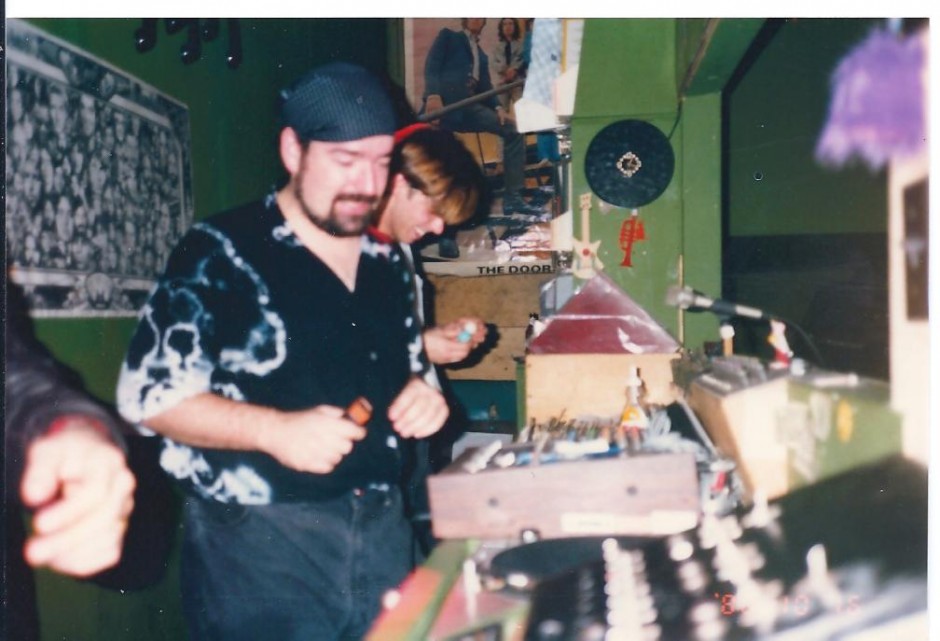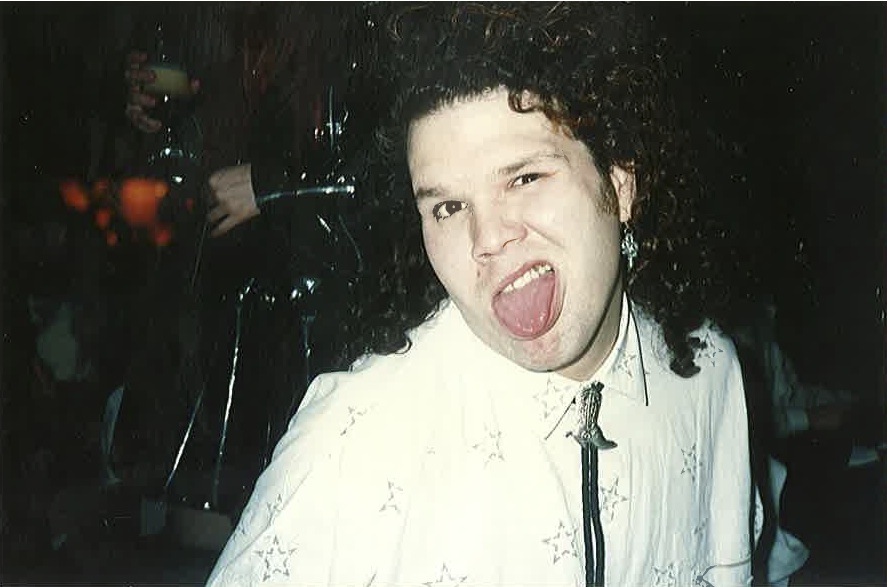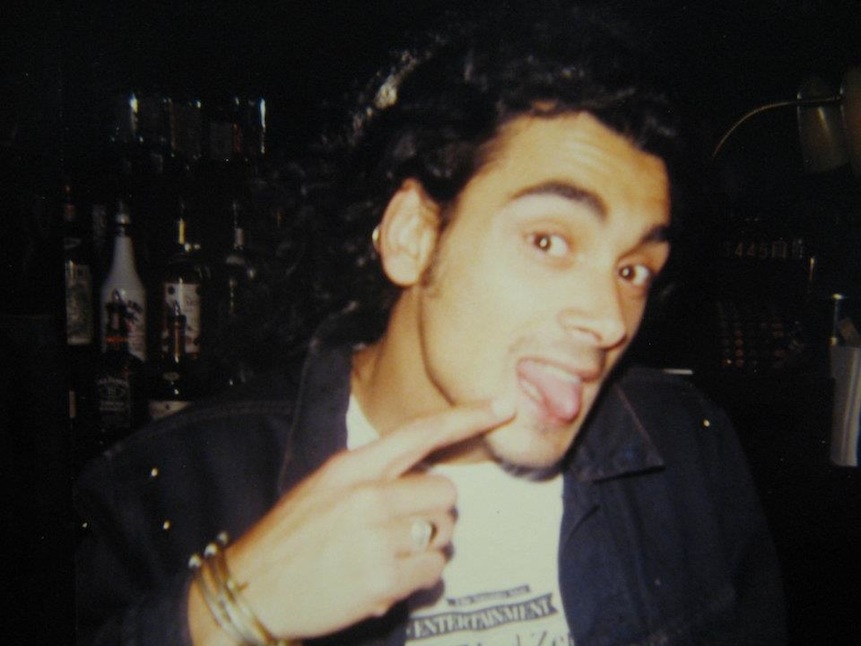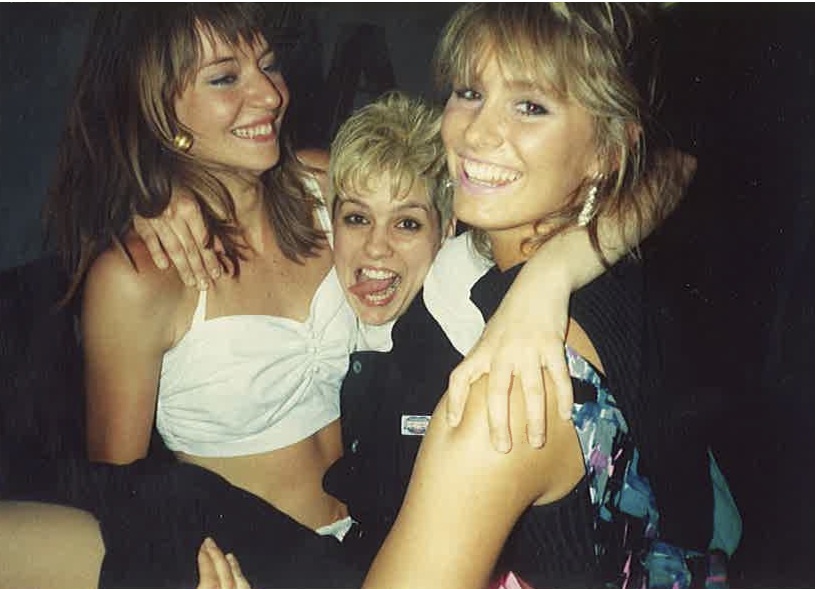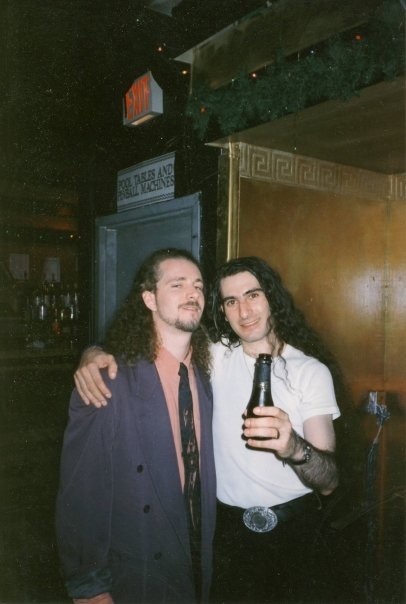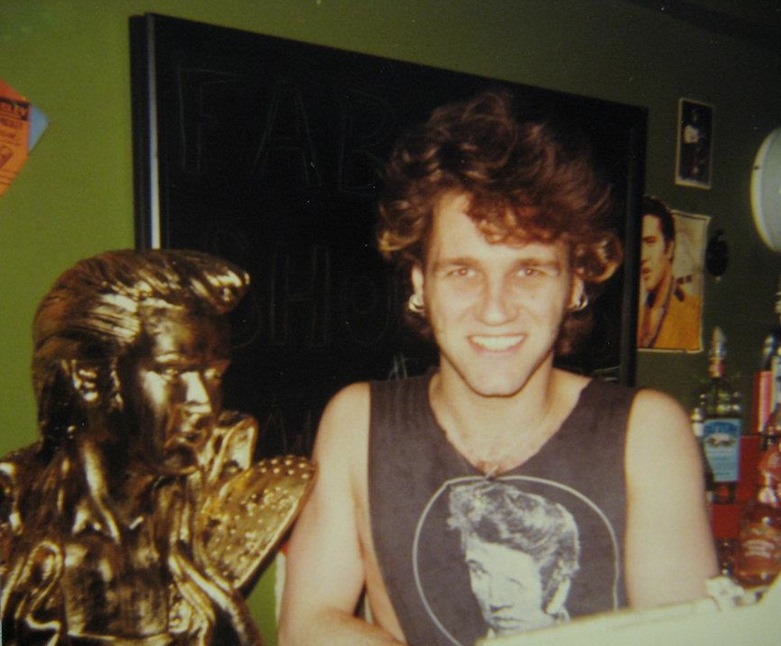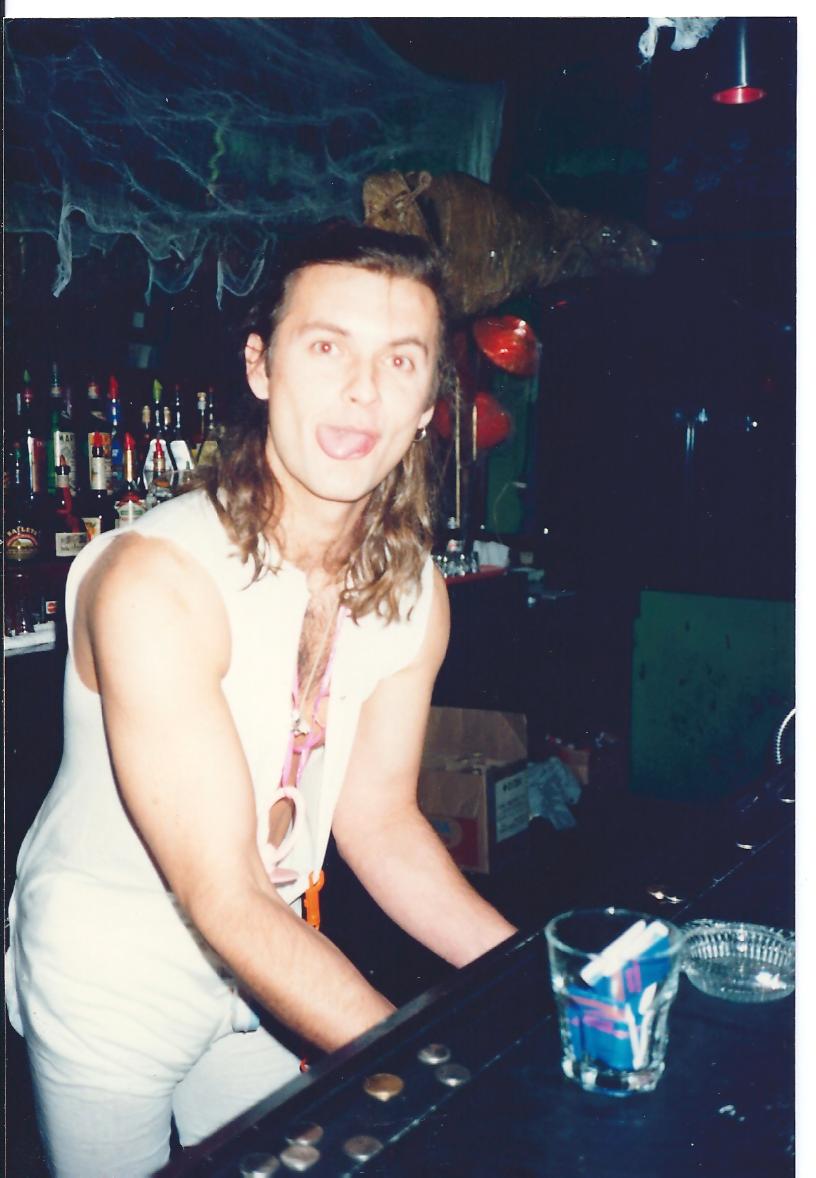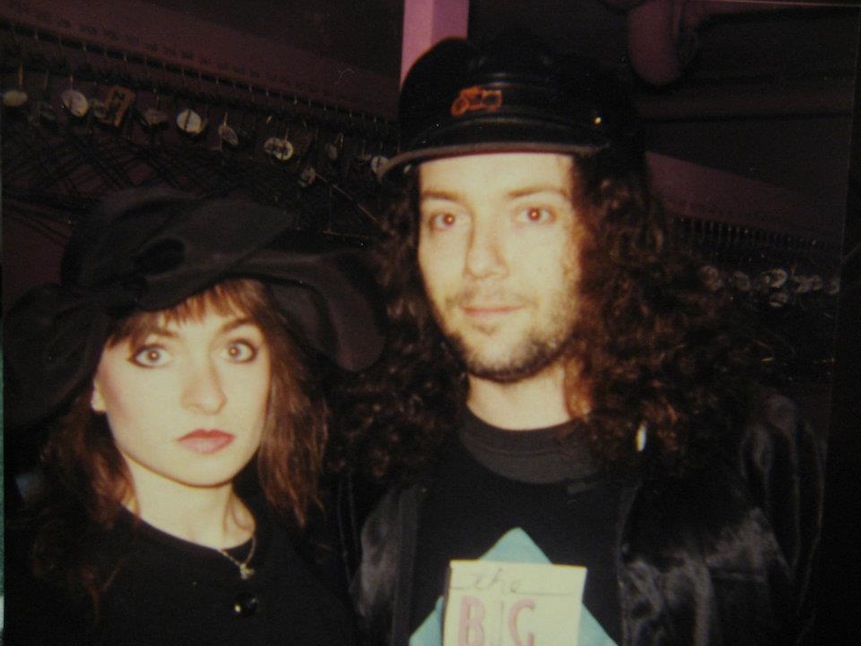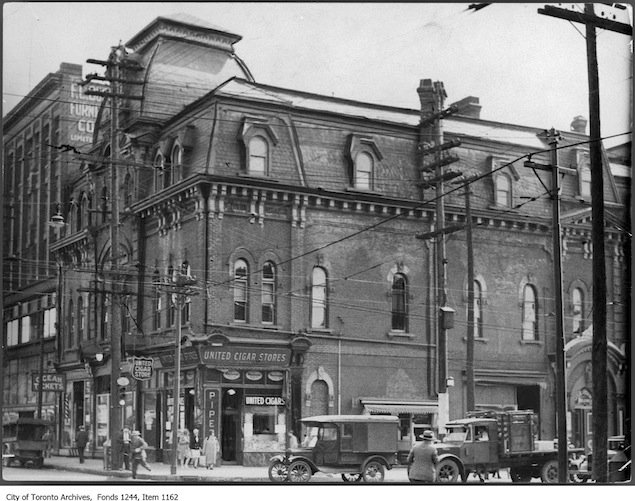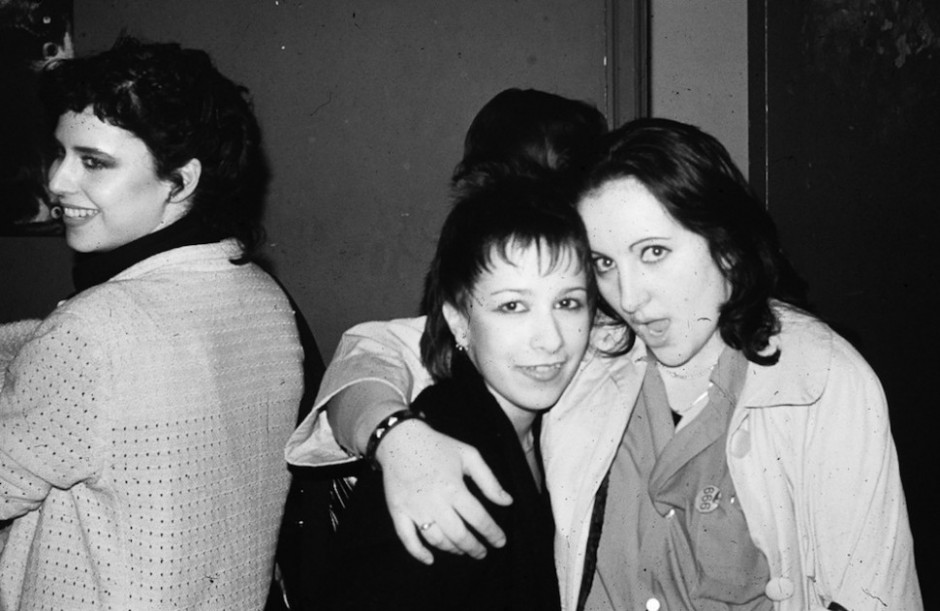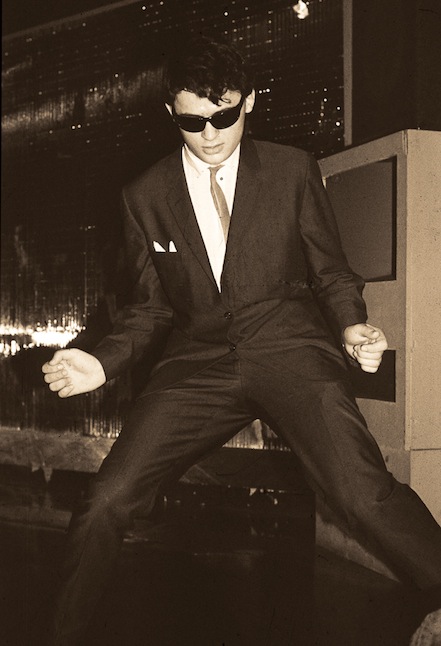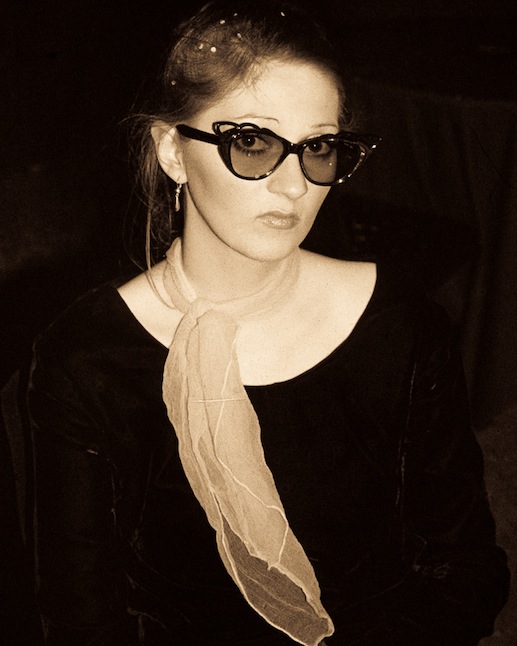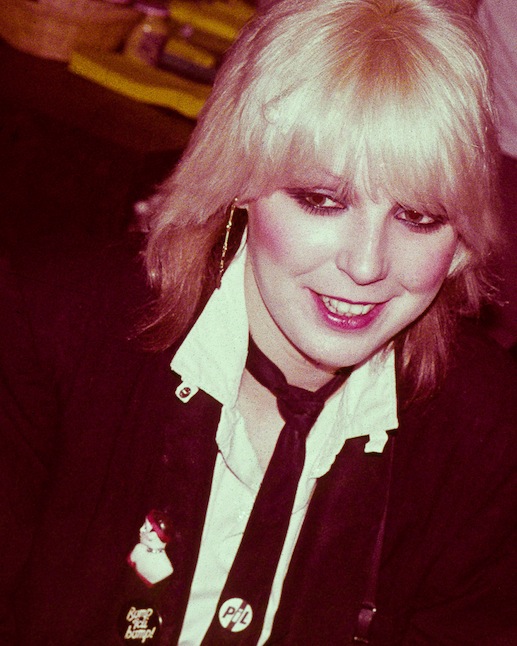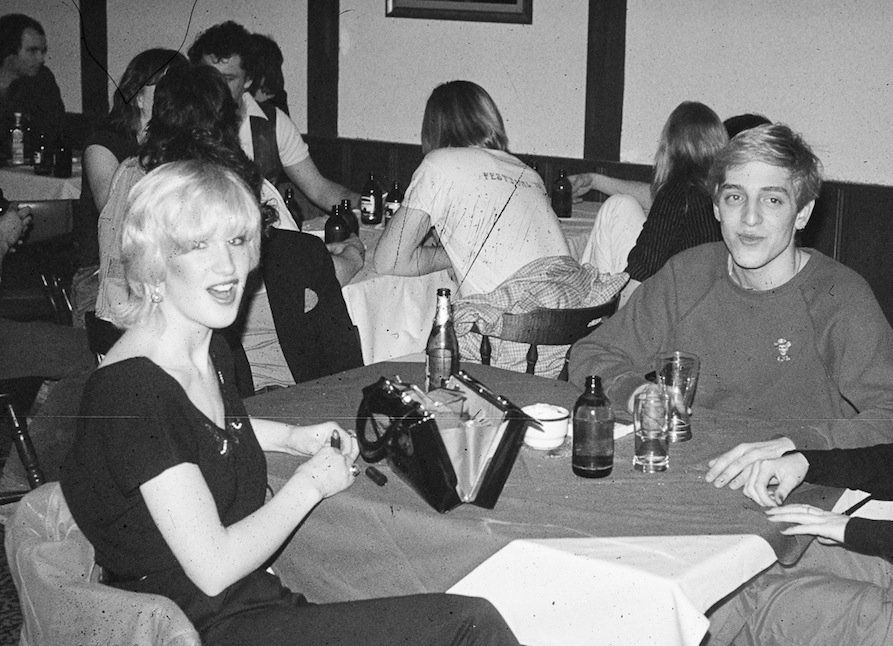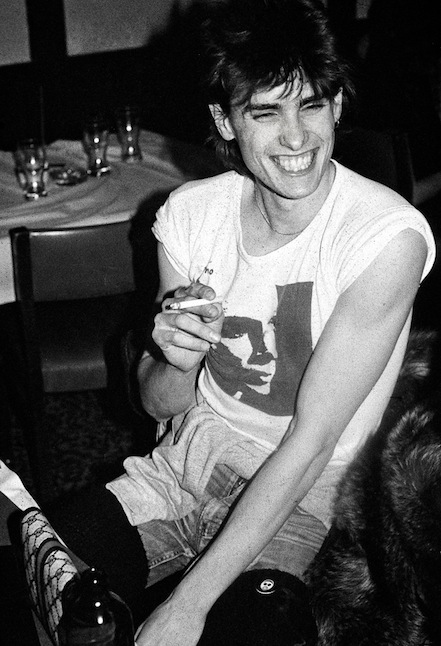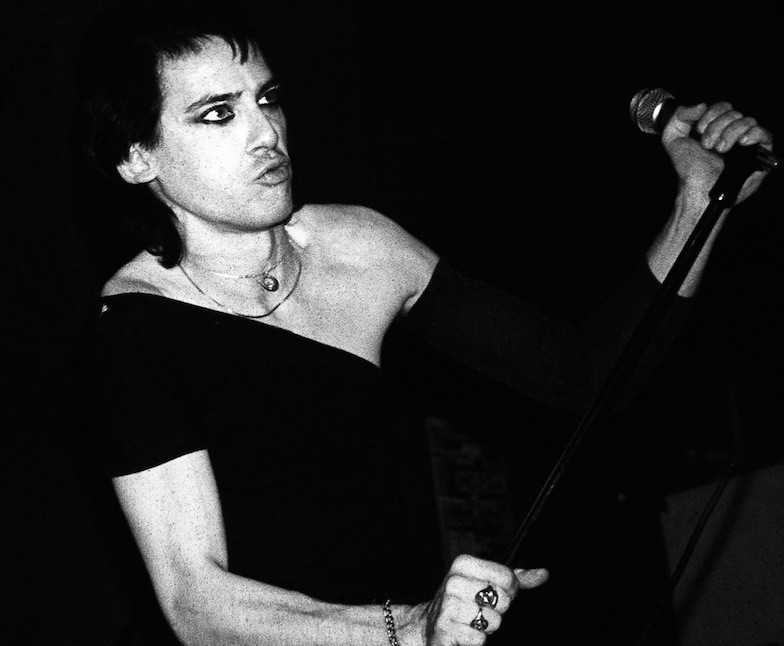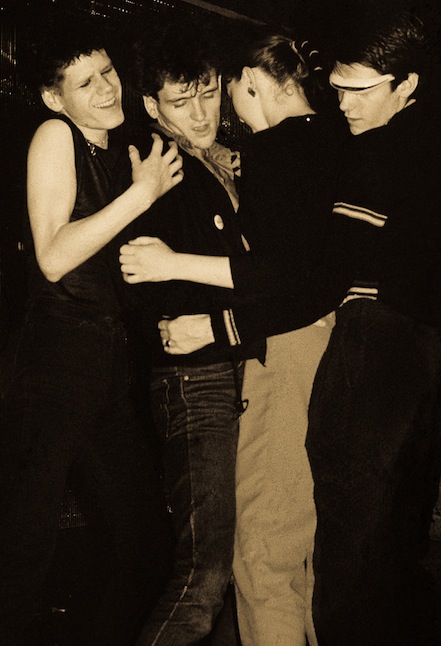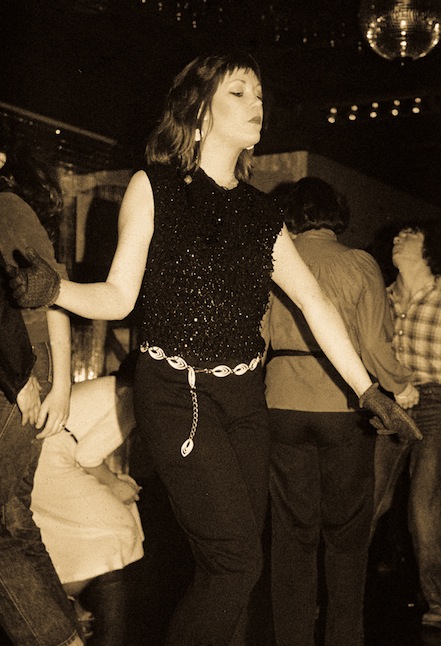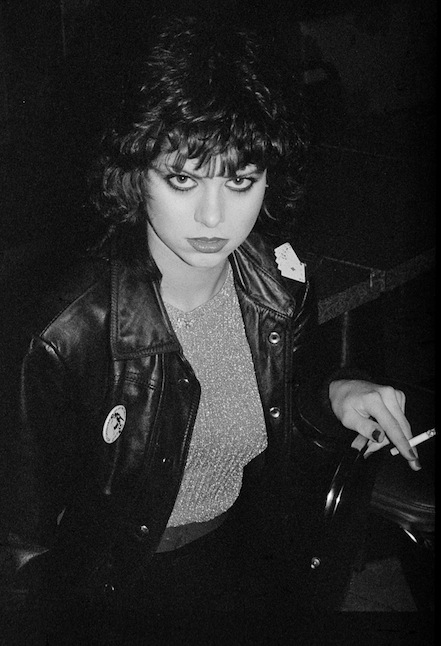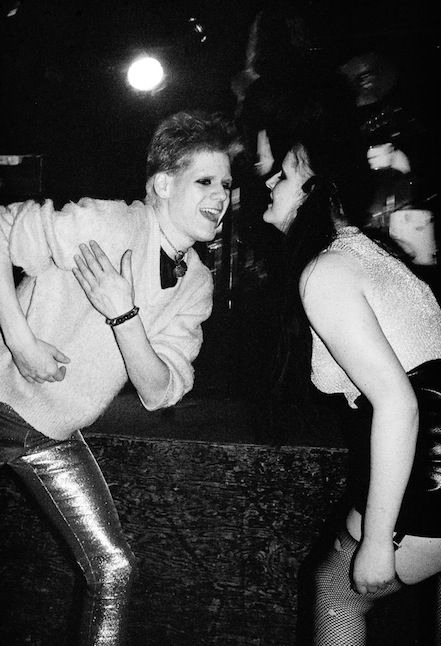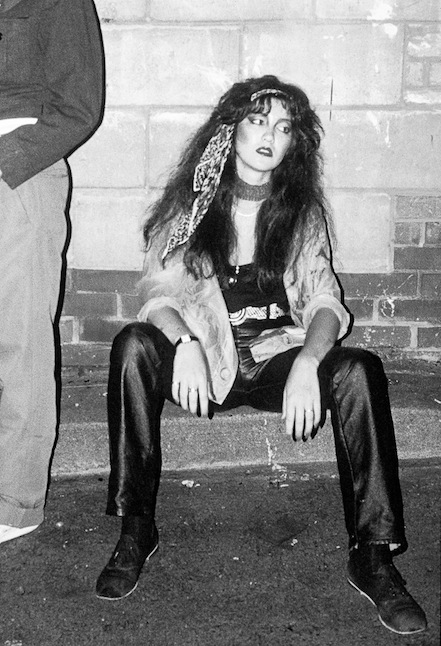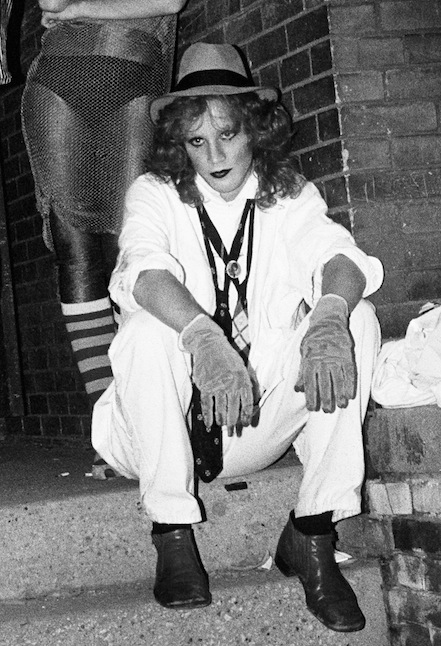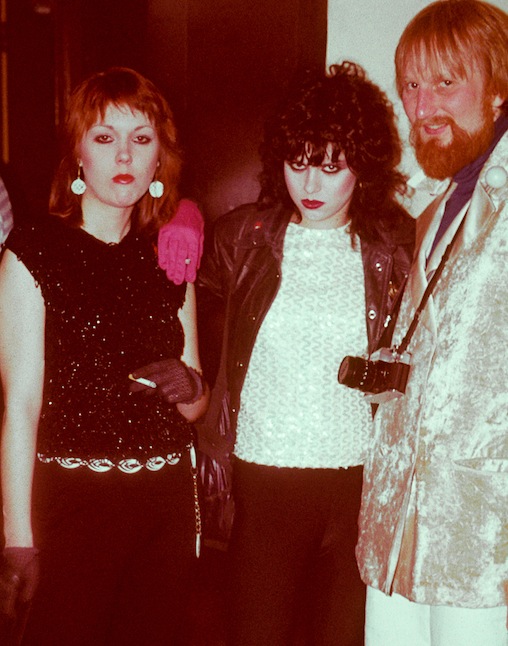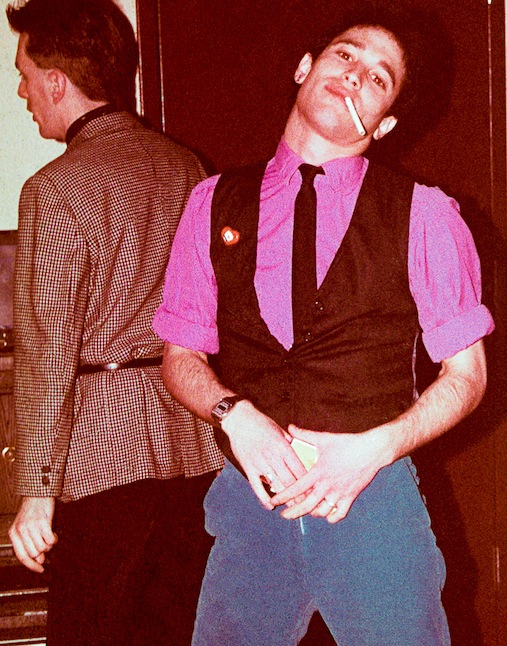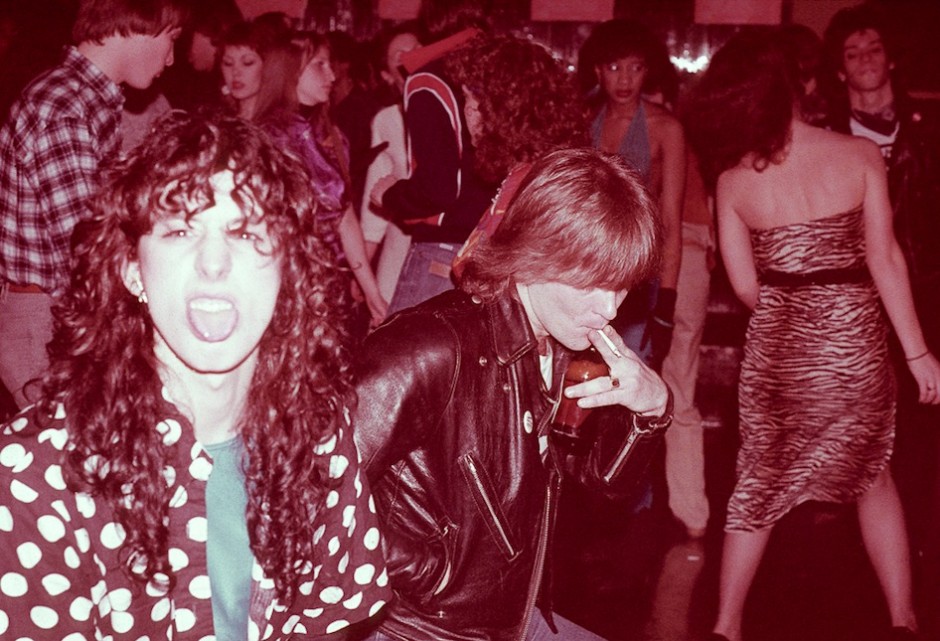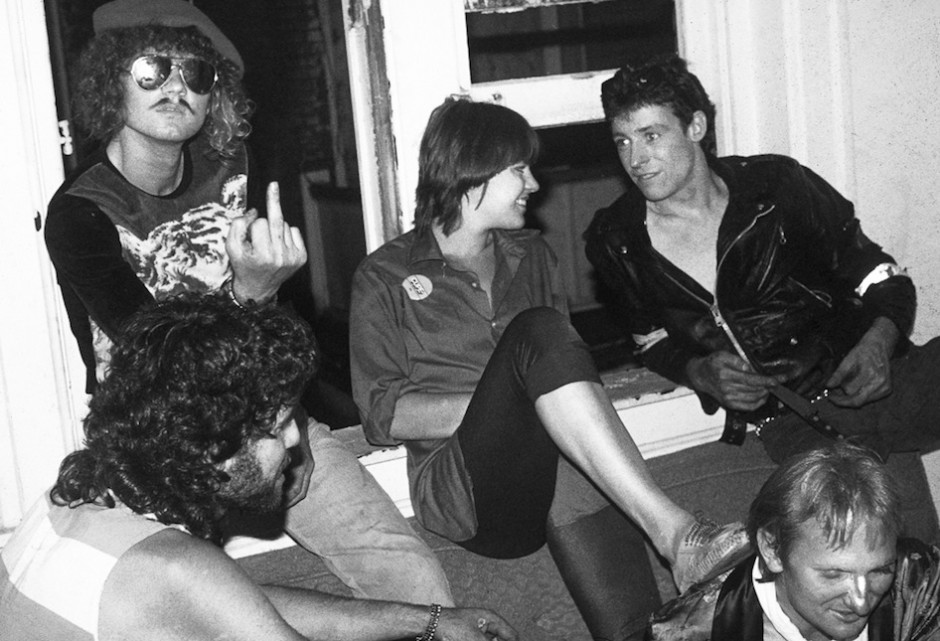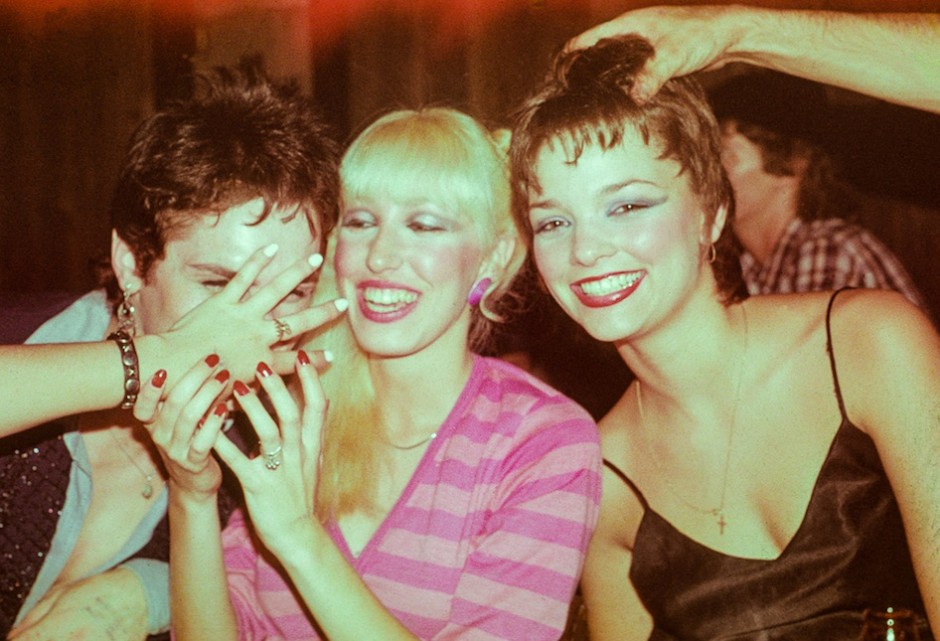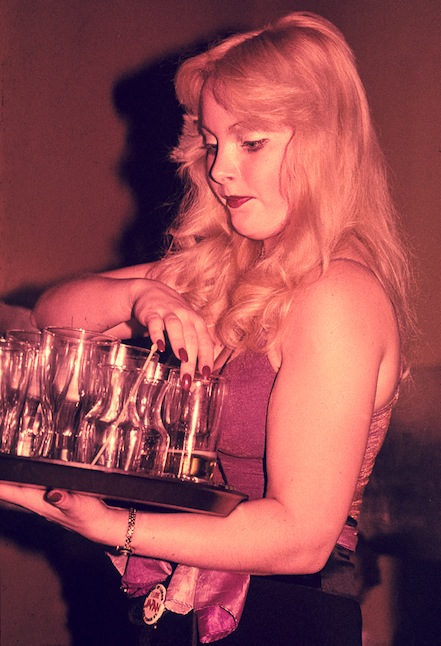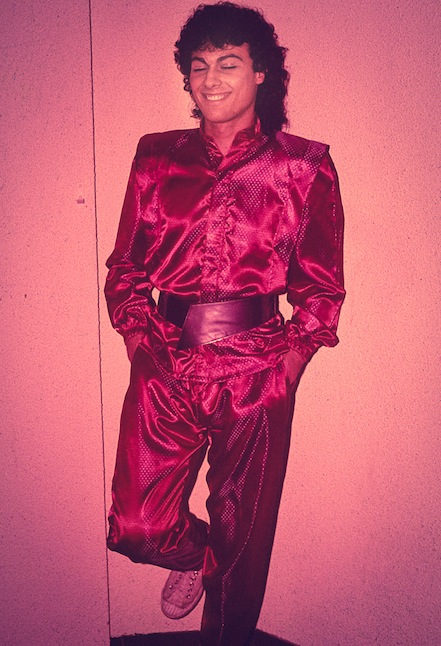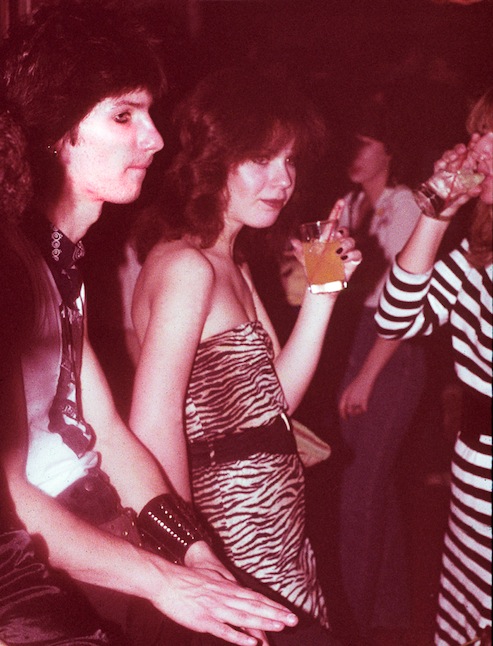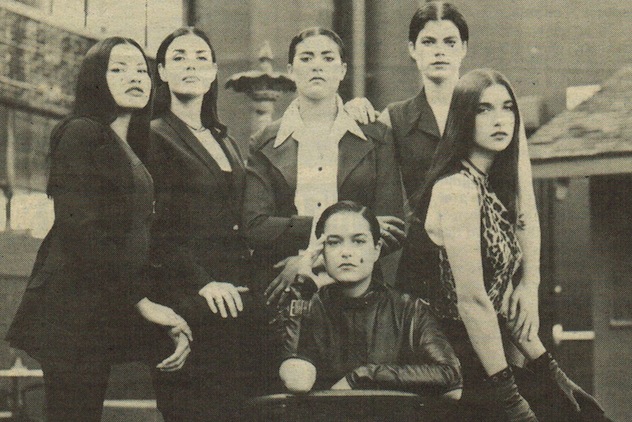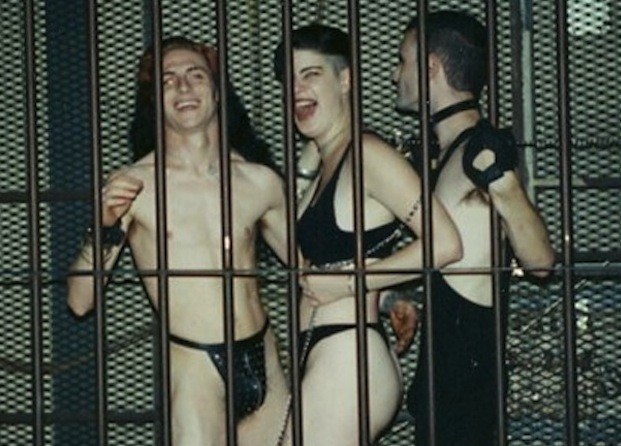Click through the photo gallery to see more scenes from inside the Big Bop.
Article originally published April 29, 2014 by The Grid online (thegridto.com).
In the mid-1980s, the Queen-and-Bathurst area was a wasteland—until this multi-floor/multi-genre dance-club rocked the corner to life, and shifted the future course of Toronto nightlife in the process.
BY: DENISE BENSON
Club: The Big Bop, 651 Queen St. W.
Years in operation: 1986-1996
History: The heritage building on the southeast corner of Queen West and Bathurst has long been a prominent marker in Toronto’s collective consciousness. Originally known as The Occidental Building, it was built in 1876 for the Toronto Masons, and was the work of Toronto-born architect E. J. Lennox who also designed Old City Hall, Casa Loma, and more than 70 other buildings in this city.
In 1948, the upper part of 651 Queen St. W. was demolished and the address opened as the Holiday Tavern. The Holiday was a dinner club, complete with stage shows, including jazz and R&B bands. Later, the Tavern would become known as a beer hall and strip club. An attempt to revive it as a live-music venue was made in the ’80s, with bands like The Shuffle Demons holding down residencies.
It was also during this period, specifically in 1984, that the largely white building underwent a neon, new-wave makeover by Toronto artist Bart Schoales, who was commissioned to create both interior and exterior murals.

